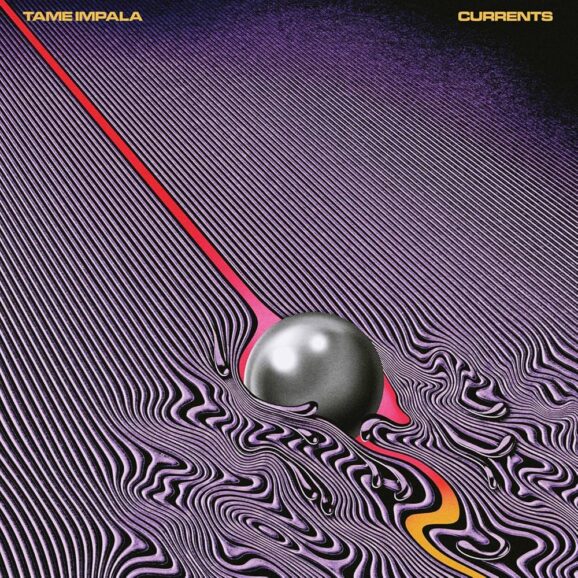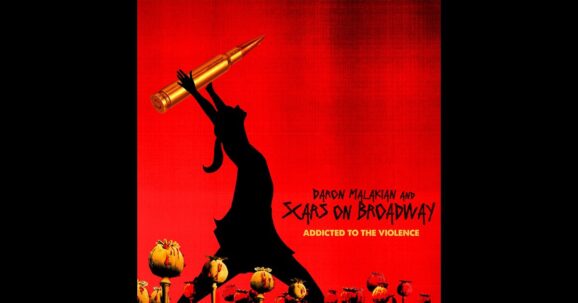Most of us came to John Coltrane through “My Favorite Things,” Giant Steps, A Love Supreme, or perhaps even Kind of Blue. From there we worked our way back or forward. Many listeners are still doing this, and Coltrane is very much still in the forefront 52 years later, quite remarkable for a musician who had only a ten year career. Arguably, as we experience a renaissance of jazz, especially among younger audiences, Coltrane’s influence remains as great as ever. Last year the lost, previously unreleased Both Directions at Once debuted at No. 21 on the Billboard 200, the highest charting position of Coltrane’s career. Impulse! capitalized on this success by issuing a 3-disc set of Coltrane’s entire output in that same year, 1963. Now the timely release of Coltrane ’58 marks the 70th year since the founding of Prestige Records and comes just after the 60th anniversary of these recordings.
1958 was Coltrane’s breakout year, a year prior to his iconic recording with Miles Davis for Kind of Blue. Although Trane had played with Miles, Monk and others as a sideman, 1958 marks his first year as a leader or co-leader. These recordings precede by six years his spiritual sound that came to the fore on A Love Supreme, but it was a revolutionary sound, one that writer Ira Gitler famously dubbed “sheets of sound.” Although most of these have been issued previously (not until the ‘60s), this is the first time that all 37 tracks have been sequenced chronologically, session by session. They are being presented as an 8-LP and 5-CD box set.
Produced by Nick Phillips, the vinyl box includes 180-gram LPs, remastered from the original analog tapes by Paul Blakemore (all of which were recorded by renowned engineer Rudy Van Gelder). The accompanying book includes 40 pages containing extensive liner notes by Grammy®-winning American music historian Ashley Kahn, and historical photographs of the saxophonist and his collaborators, including several taken by renowned jazz photographers Francis Wolff and Esmond Edwards. The 5-CD edition, containing a 76-page book, is a faithful replica of the 8-LP vinyl box.
Coltrane played the jazz repertoire of the day – blues, bebop, the beginnings of post-bebop, and familiar ballads and standards. Some were originals and others were obscure tunes that he rediscovered. His playing, even at this time, was deeply emotional, prone to long stretched-out solos, and building increasing intensity. His recordings here of “Lush Life” and “I Want to Talk About You” (a tune he did several times later) still stand as the definitive versions. Other notable tunes include “Lover Come Back to Me,” ‘Stardust,” “Good Bait,” and “Little Melonae.” These are also the first recordings of his originals “Nakatini Serenade,” “The Believer,” “Black Pearls,” and the touching “Theme for Ernie.” The stretched-out “Russian Lullaby” and “Sweet Sapphire Blues” are pre-cursors to Coltrane’s ‘60s sound.
To be fair, Coltrane was not really a bandleader in 1958, more of a co-leader and then billed as a leader, given his acknowledged status later, when some of these recordings were first issued. You’ll hear more than just “sheets of sound” when listening closely. He played in double time often, as if the chords were moving twice as fast as the rest of the band. He could be both fiery and gently caressing, depending on the tune, wrenching each note from a melody and trying it again a different way.
His bandmates on these sessions were future legends, most of them, like Trane, still young at the time. They include pianist Red Garland; guitarist Kenny Burrell; trumpeters Donald Byrd, Freddie Hubbard and Wilbur Harden; bassist Paul Chambers and drummers Art Taylor, Jimmy Cobb and Louis Hayes. These were three-hour sessions with minimal rehearsal, head arrangements and mostly first takes, in Rudy Van Gelder’s home studio.
It’s no revelation that Coltrane’s music has withstood time. In fact, much of his later period spiritual work still sounds very radical. Imagine how it must have sounded sixty years ago to jazz listeners accustomed to a gentler, lyrical flow. In his liner notes, Ashley Kahn put it best – “In the context of current headlines and an overriding sense of déjà vu, Coltrane’s music rings clearer than ever, with even greater meaning than it had in 1958. What he was playing then never felt less than urgent and relevant—subversive even. It still sounds that way.”
The more Coltrane, the better. Even these 8 LPs/5 CDs is not enough to satisfy the true fanatic, but it’s a treasure just the same.
On Wednesday, April 3rd at 7:00 p.m., Jazz at Lincoln Center in New York City will host a free listening session with a panel of experts and enthusiasts, including Coltrane biographers Lewis Porter and Ashley Kahn. Special guests will play selections and display historical images from Coltrane ’58, engaging in a discussion filled with musical revelations and historical insights. Panelists will address the term “sheets of sound,” which refers to Coltrane’s singular approach that caused shock and awe in 1958—and eventually deep appreciation, when he pushed the bebop ideal of slaloming through a tune’s chordal pathways to its extreme. Coltrane ’58 is also more than that: it’s the sound of Coltrane working and smoothing out those sheets and decreasing the intensity, caressing and embellishing a melody, an aspect that could calm the toughest critics.









